SummaryAirport Rating ** (Channel tunnel via car) Reception of locals **** Cost: £££££
Positive ParisThis was my fourth visit to Paris, which means it now equals Amsterdam and Barcelona for the city I've visited most often. I was reading back on my previous entries and realised one thing - every time I return to Paris, I like it a little more. My first trip created a poor impression, but trips two and three were increasingly more positive. This latest trip might have been the one where I finally fell in love with Paris. Most of my trips have focused on the city centre, or slightly south of the river. This time around I got to go further out into the suburbs, as far south-west as Versailles, and as far north-west as Bobigny. In the city centre, I spent more time west of centre and on the northern side of the river. Palace of VersaillesIt all started with a hunting trip by King Henry IV in 1589. The King fell in love with the small village at Versailles and the thick forests surrounding it that were filled with animals. He returned a number of times, but it wasn't until a quarter of a century later that his son, King Louis XIII, built the first structure here, a small hunting lodge. Within a decade, and following a failed coup in Paris, Louis XIII decided to significantly upgrade the lodge into a palace, and so began 200 years of royal obsession with a village on the outskirts of Paris. As the palace passed onto a third generation, the biggest change in the building's history occurred. King Louis XIV embarked on a massive expansion project that turned the palace into a centre for the government, first rivalling his home in Paris, and eventually replacing it when he moved the entire government machinery to Versailles, all 7,000 people. While his son (another Louis) made some further alterations, his grandson (yep, you guessed it, another Louis...we're up to 16 now) was constrained by the increasingly precarious financial state of France. Nevertheless, his wife, the infamous Marie Antoinette upgraded the interior. The Royal Family stayed in the palace all the way up to the French Revolution when they were compelled to return to Paris by revolutionaries in 1789. It would mark the last time the Royal Family stayed here. Over the next couple of decades, revolutionaries sold all the interior furnishings but the palace found a new purpose in the mid 19th century as partly a museum and partly a state function hall. It was the home of world changing events, including three famous treaties: the first proclaiming the independence of the United States, the second the formation of a united Germany, and the third the aftermath of the First World War. Today it's the second most visited site in the Paris area (after the Louvre), a UNESCO World Heritage Site and a reminder of the excesses of the French Royal Family. Tickets for the palace and the gardens cost €27, so it isn't cheap but as soon as you approach the front gates, you get a sense of scale of this place. It's like Buckingham Palace on steroids. The inside is no less impressive, with floor to ceiling murals, expensive fittings and furnishings, and a chapel to rival the most opulent churches in Rome. The most eye-catching room in the whole palace is the Hall of Mirrors - where many of the famous treaties were signed. It has to be one of the most over-the-top rooms I've ever seen, with seemingly every part of it glittering and glistening. It really did sum up the entire palace for me, a wasteful excess where one part of society (the Royal Family) was spending billions, while another part lived in poverty. Even today, half a millennia later, it continues to be admired, and brings in money for the state - which I'm sure is exactly what those wasteful King's would have wanted. The gardens at the back are ridiculously big, so big that it's almost impossible to explore every last path or avenue. It's so big that people can cycle through the gardens. When viewed from the palace, the gardens look as though they stretch right over the horizon - a purposeful design to show the French King's dominance over nature. You never know what you're going to see with every turn, sometimes it's a hedged maze, other times exotic plants, and frequently it's beautiful marbled statues. There are fountains and bodies of water everywhere - in fact the water used is so large, that in the 17th century there were frequent and severe water shortages for the palace. The 'dancing' fountains were fun to see, similar to the ones in Dubai, Singapore, and Kuala Lumpur, although with a less garish background. I don't really know what to make of it. In a way, there's no denying that it's one of the most ornately decorated palaces I've ever seen. It is so over-the-top that it borders tacky in many places. But there are elements of it that are just beautiful; the chapel, the hall of mirrors, the gardens. The thing is, it stands for everything that I stand against. The hoarding of wealth, the desire to cover personal insecurities with large displays of grandeur. And you might think, well that was a different age, it points to mistakes in our history. Well, then you might be surprised to hear that it cost more to renovate and repurchase furnishings in the mid-to-late 20th century than it did to construct it in the first place. Rich people from all over the world donated millions (including Rockefeller) to help renovate this palace, rather than spending it on reducing poverty in their own countries. And for what? The Kings back in the day wanted to show-off their personal wealth, the State now wants to show off its collective wealth. Turns out, sometimes we don't learn from history. Top of the TowerI've written quite extensively about the Eiffel Tower before, so I won't do it again, but this was the first time I'd actually gone to the top of the tower. Tickets cost €25 which is similar in price to the observatory decks of most tall towers I've visited, and with that you get a timed slot and a lift all the way to the top (there are two different decks). While I've seen the Eiffel Tower each time I'm visited, to be directly underneath it and then to actually climb inside is a different experience. The lifts are proper old school, and you need to take two separate lifts to get all the way to the top. You need to go through airport security style entrances at the bottom, but I didn't have much trouble, I even managed to get my salai through. The views are spectacular. I was lucky to get an evening with completely clear skies, and a bright full moon that lit up the city. On each side of the tower you have views for miles, including of all the famous landmarks in the city itself. There are both outdoor and indoor viewing places, although indoors at night is pretty pointless as the lights from inside glare against the windows. I actually preferred the middle deck at 116 metres, rather than the top deck at 276 metres, as the higher up you go, the less of an accurate perspective of the city you get - everything just looks flat. And given the city doesn't have many tall towers, you get real unobstructed views like no-where else. Relaxing on the riverWhile seeing Paris from the Eiffel Tower was good, seeing it from a boat was even better. I've done a few of these in different cities, and Chicago has probably been my favourite, but the Paris cruise was very good. In just under an hour, the boat goes under many of Paris' most famous bridges, and past some of its most famous landmarks. We caught the boat at the Pont Neuf, the oldest standing bridge in the city. The bridge is decorated with some detail and was once considered the heartbeat of Paris. At €10, it's a decent price, and in the evening, it was added a different dimension to the city. I've been to places like Notre Dame, Place de la Concorde, Louvre, Eiffel Tower, Musee D'Orsay, but from the Seine they all looked completely different. The narration was detailed enough to bring the city to life, the stories giving more insights to some of the more famous landmarks in the city. If you have the €10 and an hour spare, I'd definitely recommend it. Scooters and Saint ChapelleIf you've read my previous blogs, you'll know how much I love the electronic scooters in Europe, and I'm glad they are now finally making their way to England (legally). I spent the whole of my time in Paris on e-scooters, the large number of cycle lanes making it both safe and speedy. It was even better given the lack of ventilation on the metro and the standstill traffic of the city's streets. Electronic scooters give a sense of freedom that the metro doesn't. You can get from one side of the city centre to the other quite quickly and stop off in places in between. While my time south of the river was limited this time, unlike my previous visits, the scooters still let me venture south quickly and see beautiful passageways like Rue Seguier and Rue de la Cite. It also allowed me to see places like Saint Chapelle, a stunning 13th century Gothic chapel in the Rayonnant style. Unlike nearby Notre Dame, which is free, entry into Saint-Chapelle costs about €12, and tickets need to be purchased online beforehand. The inside is an architectural masterpiece, particularly the stained glass windows, the majority of which date back almost an entire millennia. The building feels strangely light and weightless, and the colours are gorgeous. If you've got the money, it's nice to see, but I preferred the Notre Dame Cathedral (which I've written about in some detail previously), although that is currently going through a refurbishment after a major fire. It's easy to compare the two because of physical location, but they feel very different - but there's just more to Notre Dame, and it costs nothing to visit. The French HighlineI spent a lot of time around the Quinze-Vingts area of the city, a slightly bohemian part of the city, with contrasting architectural styles and an eclectic mix of people. I really liked this part of the city, it had a young, vibrant energy with surprises around every corner. Places like Rue Cremieux and its colourful houses, or the incredible Coulee Verte Rene-Dumont. Place de la Bastille is the centre of the area, and there are many streets that radiate from it - all of which were busy with shoppers and diners. The food in this part of the city is particularly good, and Chez Janou is my recommendation here. It's a picturesque restaurant that is famous for its chocolate mousse - if you're in this area, make sure you order it, believe me, it's worth it! You'll know from my blogs on New York just how much I loved the Highline, and it's unfair to call Coulee Verte Rene-Dumont the French Highline, especially when it pre-dates its New York counterpart by over a decade. Inaugurated in 1993, Coulee Verte Rene-Dumont, like its American cousin, was built on a disused railway line and extends almost 3 miles, zig-zagging its way through the city, beautifully framing the Parisian architecture. There are staircases that serve as frequent on and off ramps so you don't have to walk the full 3-miles, but it's hard to want to leave. The walkway is beautifully maintained, with greenery, water features and art installations throughout the route. While the set-up is similar, it felt quite different from the Highline in New York. This felt much more natural and more in keeping with the surroundings. It's hard to say which one I preferred which shows just how good Coulee Verte Rene-Dumont is. I would definitely recommend checking it out. Gurdwara in ParisThe Sikh community in Paris, as with the rest of France, is very small. A ban on the dastaar was protested against with some rigour, and left a sour taste in my mouth - after all, it was 80,000 Sikh turbans that fell defending France against the Germans in two world wars. It felt very disrespectful that the French, having got what they wanted - their freedom, would turn to ban those very same turbans. The Sikh community is centred on the Bobigny area of Paris, about a half hour drive from the city centre. The area is very ethnically diverse, and it felt like I could breathe a little easier here. It felt more familiar. There's a few Gurdwaras in this area, but the Gurdwara Singh Sabha is the largest and the one I visited. The Gurdwara is easy enough to find, although parking is limited. Its built in the same style of many of the newer Gurdwaras in England and the Nishaan Sahib stands high above. It's a decent size, with enough space to accommodate the near 4,000 members of the Sikh community who live nearby. It's a Panthic Gurdwara, with pictures of Shaheed Singh's from the 1984 resistance across the Gurdwara, and a recreation of the torn down Akaal Takht placed next to the Shabad Guru. It's evident that even in France feelings around the Sikh Genocide reverberate with the new generation. Old city, new feelingsFirst impressions can leave an imprint that are hard to change. With Barcelona, I loved it from my first visit - and each subsequent visit built on it. The same is true of other cities I've visited on multiple occasions like Amsterdam, Bangkok, Valencia and New York. But with Paris it's been different. It's been a slow build. I really wasn't a fan after my first couple of visits, but it's definitely improved. Being with a French speaker certainly helped, and sunny weather was a nice bonus. But I don't know - something changed, and all of a sudden I find myself a bit more of a fan of Paris. It's not all perfect. This is an aggressively secular country, which I've mentioned before I can be as bad as places that are aggressively religious. I didn't catch a plane, but the questions on the Eurotunnel on the way home were weirdly intrusive and very thorough, more than most other places. It's still expensive, and if you don't speak French, the locals make you feel like a bit of an idiot. But something changed. Thumbs up Paris. Comments are closed.
|
AuthorBritish Sikh, born in the Midlands, based in London, travelling the world seeing new cultures. Categories
All
|
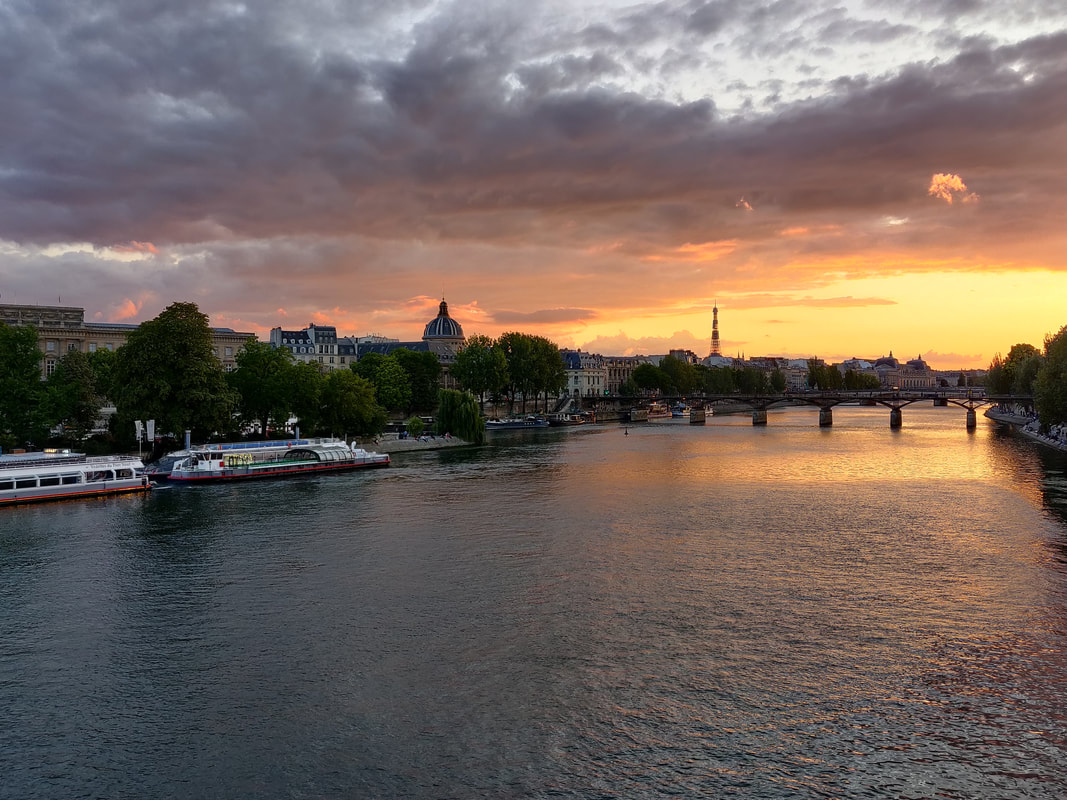
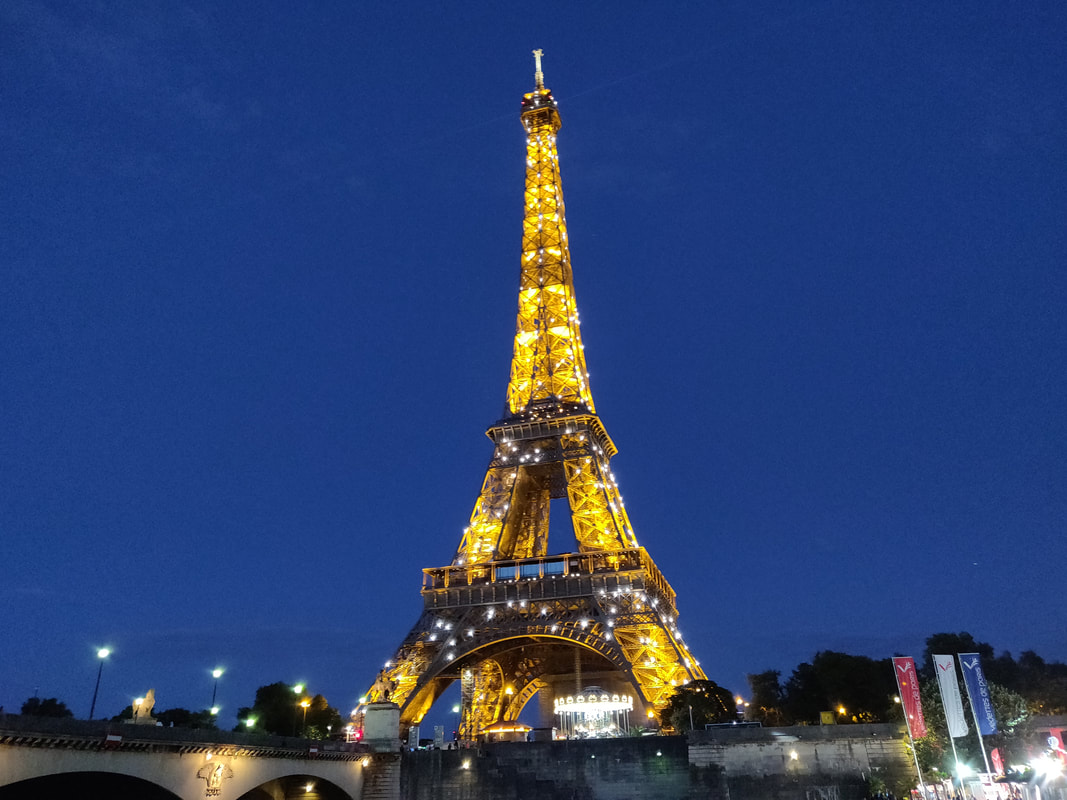
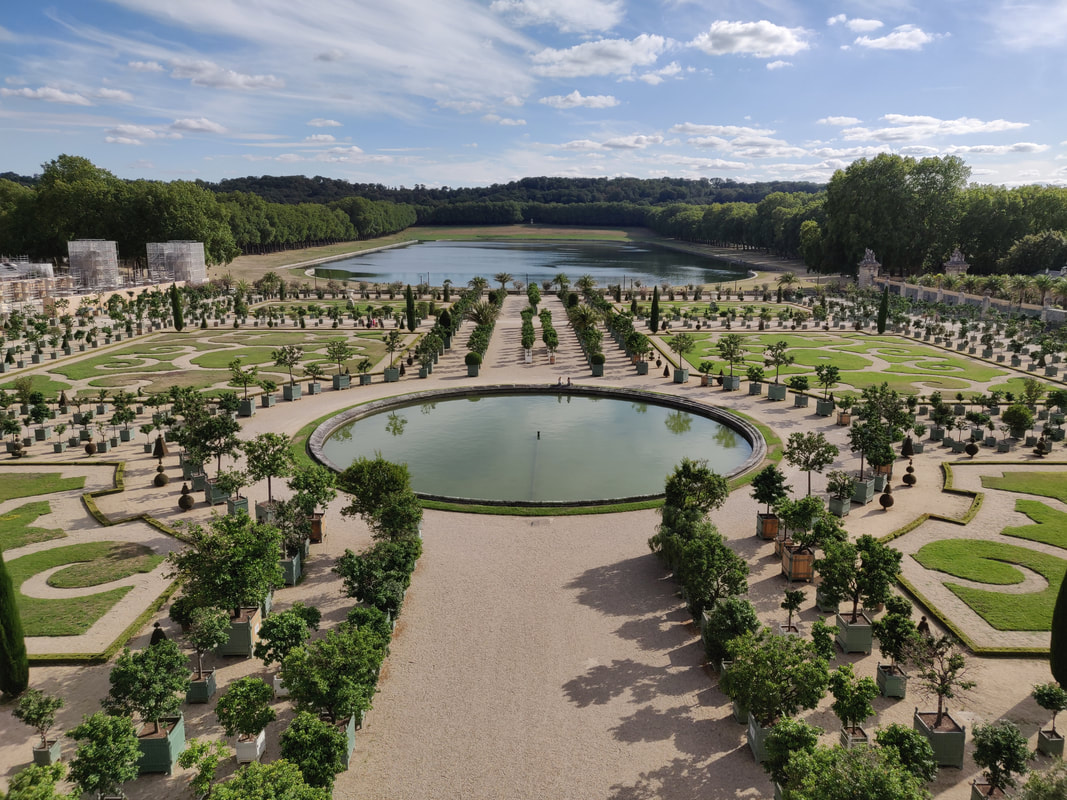
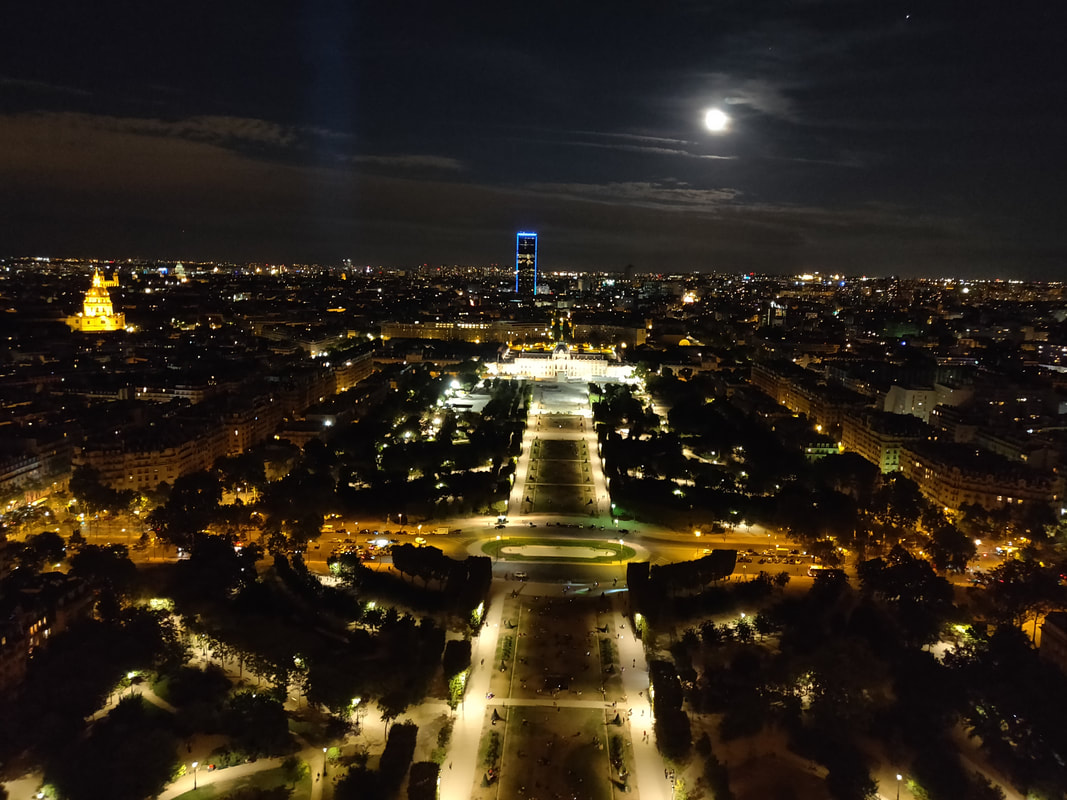


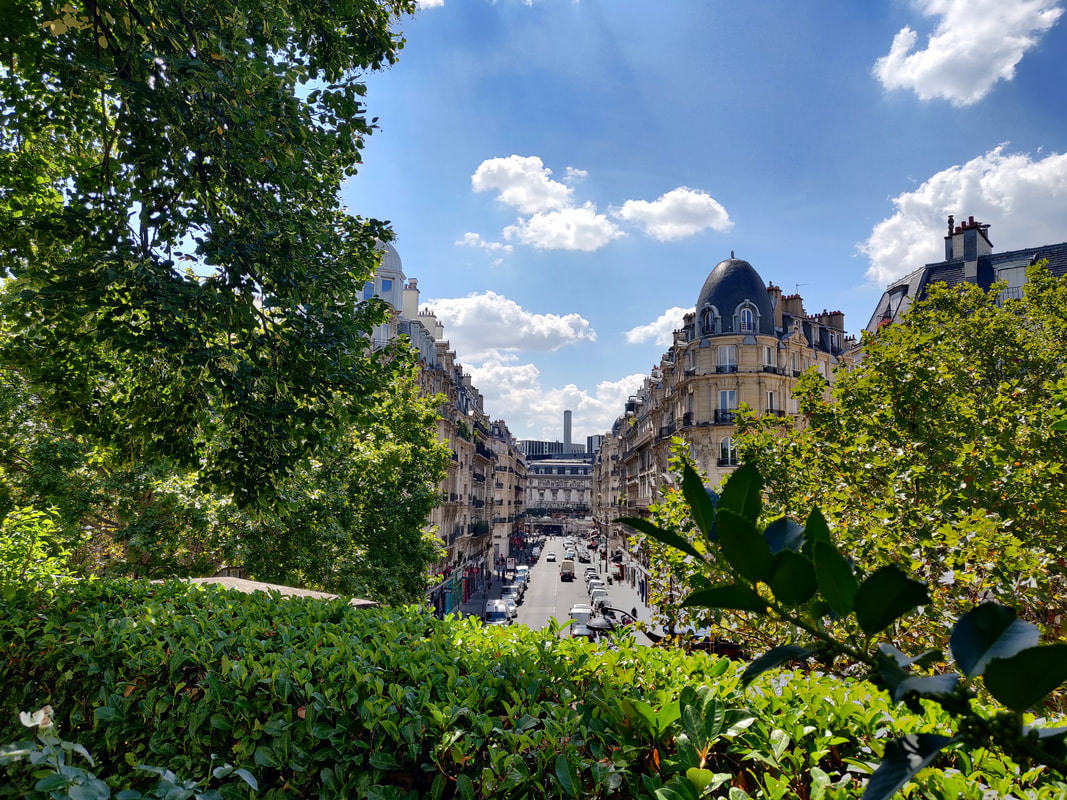
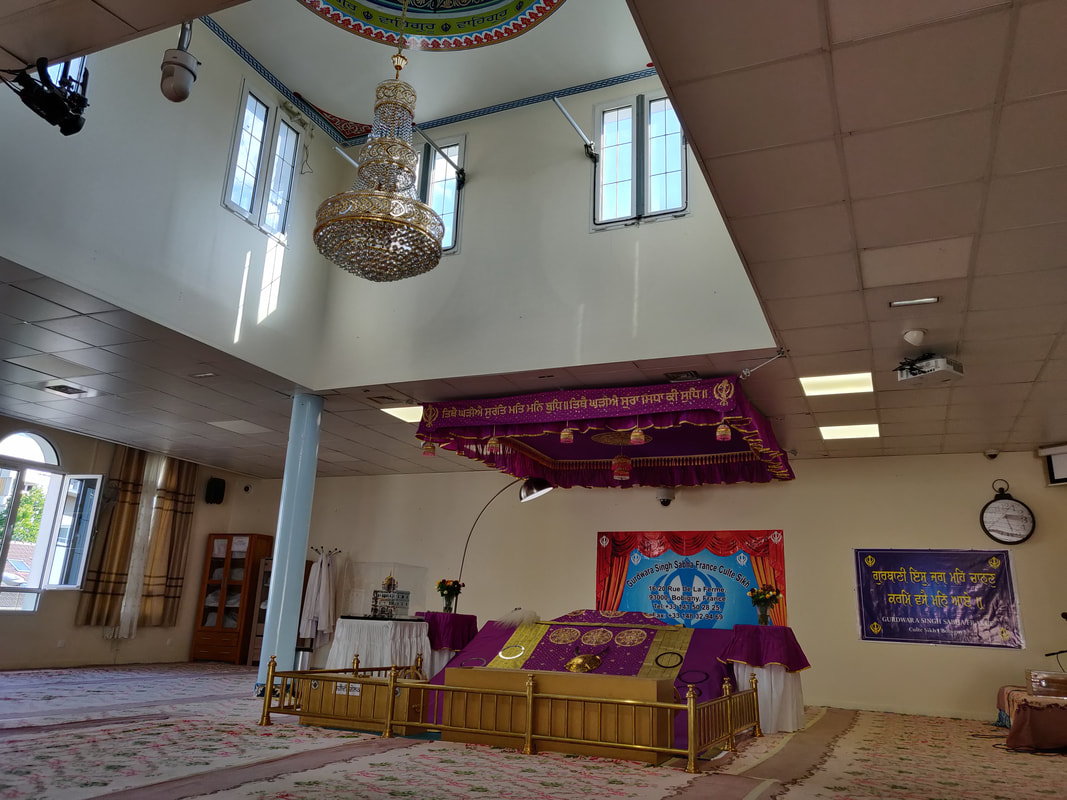
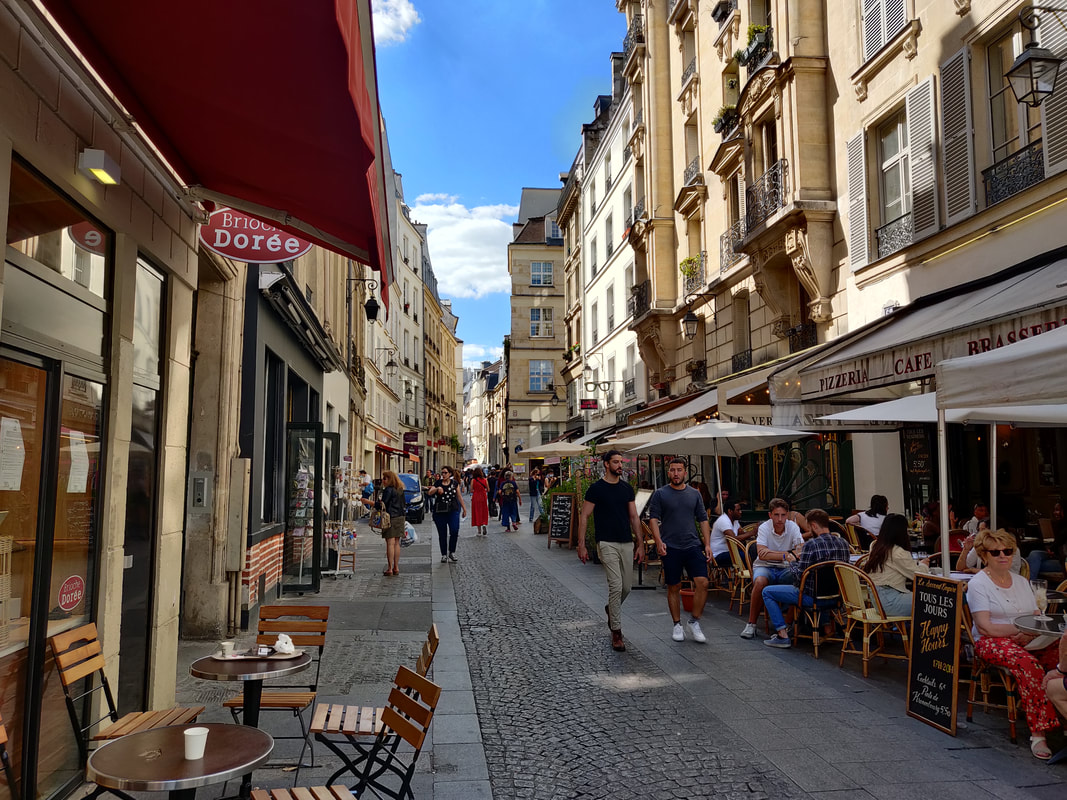

 RSS Feed
RSS Feed